Test Bank For The Unfinished Nation A Concise History of the American People 8Th Edition By Alan Brinkley
Chapter 03 Society and Culture in Provincial America Key
1. (p. 55) Most seventeenth-century English immigrants to the North American colonies were
A. commercial agents.
B. landowners.
C. laborers.
D. aristocrats.
E. religious dissenters.
Accessibility: Keyboard NavigationTopic: The Colonial Population
2. (p. 55) In the seventeenth century, the great majority of English immigrants who came to the Chesapeake region were
A. women.
B. religious dissenters.
C. convicts.
D. indentured servants.
E. slaves.
Accessibility: Keyboard NavigationTopic: The Colonial Population
3. (p. 55-57) Which of the following was NOT characteristic of the English indenture system?
A. The presence of indentured servants was a source of social unrest.
B. Most indentured servants received land upon completion of their contracts.
C. Female indentured servants constituted one-fourth of the total arrivals.
D. Female indentured servants were typically not allowed to marry while under contract.
E. Contracts for indenture generally lasted four to five years.
Accessibility: Keyboard NavigationTopic: The Colonial Population
4. (p. 58) By 1700, English colonial landowners began to rely more heavily on African slavery in part because
A. landowners in the southern colonies became less capable of paying indentured servant wages.
B. of worsening economic conditions in England.
C. colonial parliaments passed laws improving the status of indentured servants.
D. the English government had come to discourage the practice of indenture.
E. of a declining birthrate in England.
Accessibility: Keyboard NavigationTopic: The Colonial Population
5. (p. 58) Regarding colonial life expectancy during the seventeenth century,
A. life expectancy in New England was exceptionally high.
B. backcountry settlers had a similar life expectancy to that of settlers in coastal areas.
C. life expectancy was highest in the southern colonies.
D. one in two white children in the Chesapeake died in infancy.
E. men had a shorter life expectancy than women.
Accessibility: Keyboard NavigationTopic: The Colonial Population
6. (p. 58) During the seventeenth century, English colonists in the Chesapeake saw
A. women significantly outnumber men.
B. an increasingly unbalanced sex ratio.
C. eight out of ten children dying in infancy.
D. few single adults.
E. a life expectancy for men of just over forty years.
Accessibility: Keyboard NavigationTopic: The Colonial Population
7. (p. 58) By 1775, the non-Indian population of the English colonies was just over
A. 2 million.
B. 4 million.
C. 1 million.
D. 6 million.
E. 8 million.
Accessibility: Keyboard NavigationTopic: The Colonial Population
8. (p. 58-59) In the seventeenth and eighteenth centuries, medical practitioners
A. became increasingly professionalized.
B. grew to understand the link between bacteria and infection.
C. had little or no knowledge of sterilization.
D. rejected purging and bleeding as medical techniques.
E. were nearly all males.
Accessibility: Keyboard NavigationTopic: The Colonial Population
9. (p. 59) The seventeenth-century medical practice of deliberately bleeding a person was based on
A. Calvinist religious doctrine.
B. scientific experimentation and observation.
C. evidence that it helped in the recovery from illness.
D. practices acquired from Indians.
E. the belief that a person needed to maintain a balance of different bodily fluids.
Accessibility: Keyboard NavigationTopic: The Colonial Population
10. (p. 59) In the seventeenth century, white women in the colonial Chesapeake
A. bore an average of four children apiece.
B. generally married later than in England.
C. averaged one pregnancy for every two years of marriage.
D. generally had a longer life expectancy than their husbands.
E. rarely engaged in premarital sex.
Accessibility: Keyboard NavigationTopic: The Colonial Population
11. (p. 59) Compared to women in colonial Chesapeake, New England women
A. lost their husbands earlier in life.
B. were more likely to become widows.
C. were more likely to have their family remain intact.
D. had fewer children.
E. had much less legal authority in their marriages.
Accessibility: Keyboard NavigationTopic: The Colonial Population
12. (p. 60) In colonial New England,
A. strict parental control made premarital sexual relations almost nonexistent.
B. dowries were a common feature of marriage.
C. gender equality was reinforced by the prevailing culture.
D. choosing a spouse independent of a parent’s wishes was common.
E. widows tended not to remarry.
Accessibility: Keyboard NavigationTopic: The Colonial Population
13. (p. 60) In colonial New England Puritan communities, women
A. were expected to devote themselves to serving the needs of their husbands and households.
B. were not highly valued.
C. were more likely to become pregnant before marriage than in the South.
D. were considered to be socially equal to males.
E. could not be official members of the church.
Accessibility: Keyboard NavigationTopic: The Colonial Population
14. (p. 60) In colonial New England Puritan communities, the family was
A. neither highly valued nor expected to be under the authority of women.
B. both highly valued and expected to be under the authority of women.
C. highly valued.
D. marked by relatively loose parental supervision.
E. expected to be under the authority of women.
Accessibility: Keyboard NavigationTopic: The Colonial Population
15. (p. 61) The term middle passage refers to the movement of enslaved Africans
A. from the coastal regions of colonies to their interiors.
B. from Africa to Europe.
C. between individual North American colonies.
D. from Africa to the New World.
E. from the Caribbean to the mainland colonies.
Accessibility: Keyboard NavigationTopic: The Colonial Population

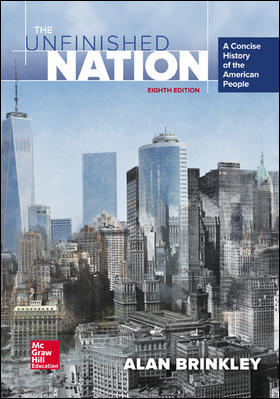
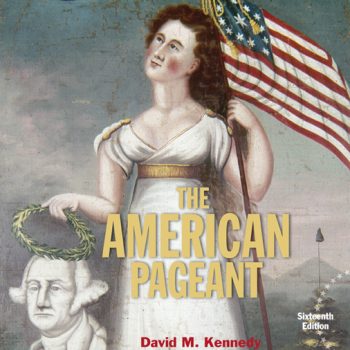
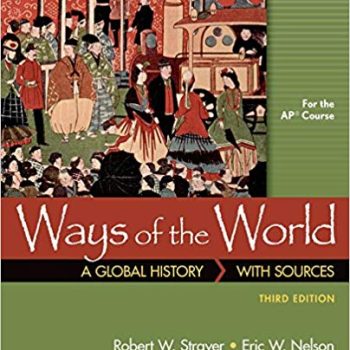

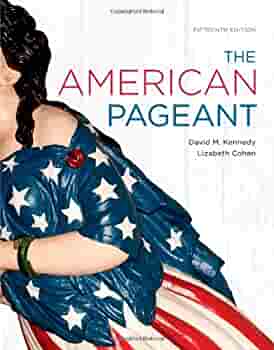


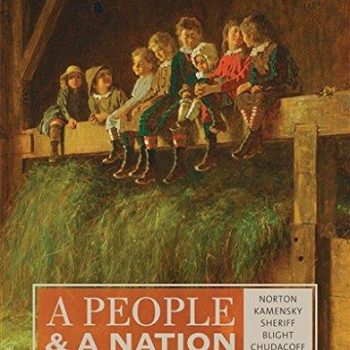
Reviews
There are no reviews yet.